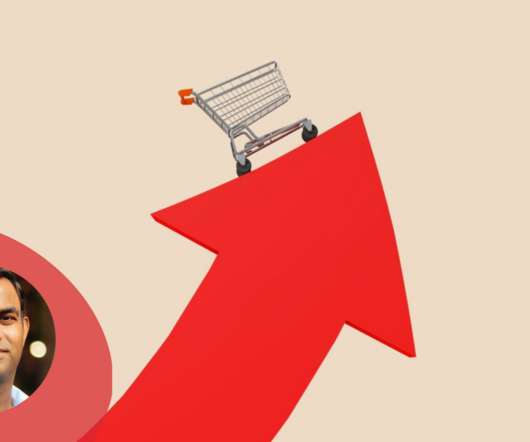4 Steps Retailers Can Take to Market Themselves in a Recession
Retail TouchPoints
SEPTEMBER 30, 2022
Capitalizing on In-Store Advertising. Recessions bring a change in consumer behavior, but they don’t mean customers stop going to stores altogether. Using OOH media and location-based targeting strategies allows retailers to maximize the value of customer floor time to increase basket size and drive revenue.












Let's personalize your content